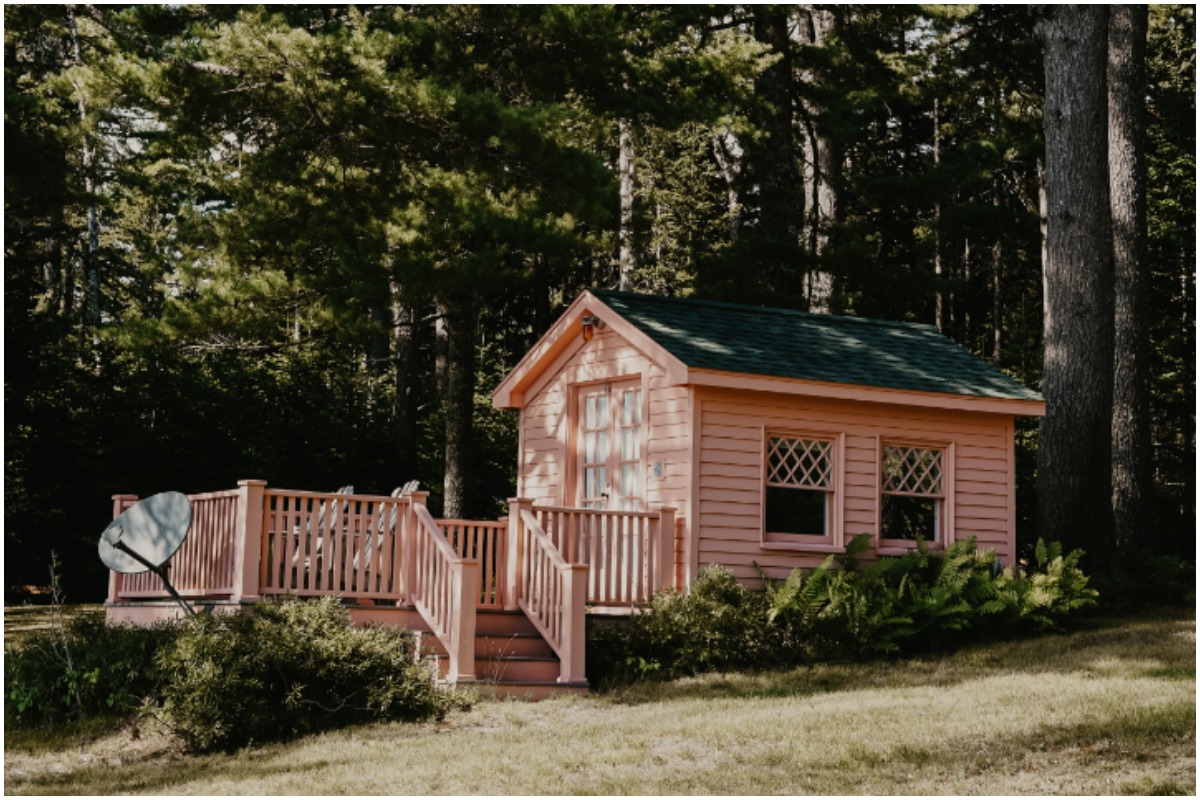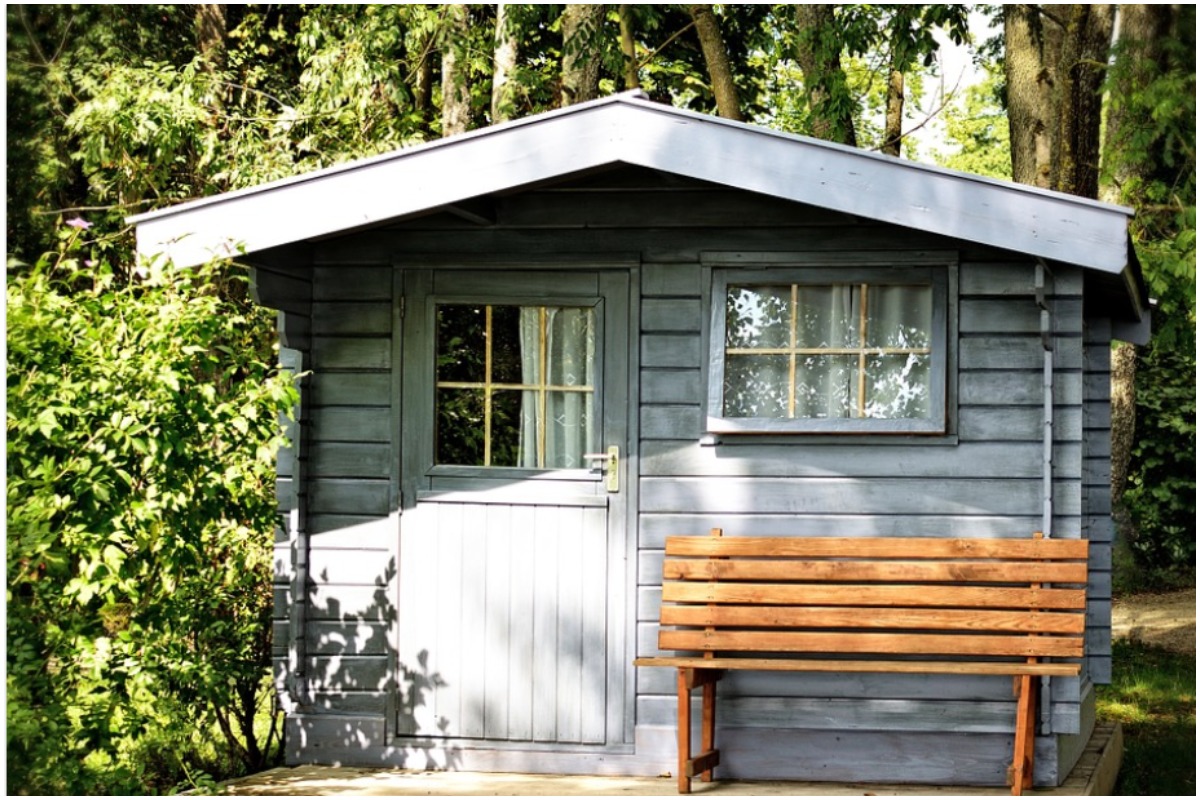If you’re a homeowner looking to create a separate space from your home for a mother-in-law suite, workspace, or rental opportunity, building an accessory dwelling unit, or ADU, may be the perfect option. The potential uses and benefits of an ADU are endless, but building one can be difficult with every city having its own zoning restrictions, HOA regulations, and building laws. Laws surrounding ADUs from San Francisco, CA are completely different from the laws in Providence, RI.
To give you some clarity, we asked ADU experts to share their best tips and tricks that will help you successfully build an ADU. Keep reading to see what they had to say.

1) Make sure your property is suitable for an ADU
In addition to ensuring your ADU design can be built within your budget, you also need to ensure your property is suitable for the ADU. The first step in determining where the ADU can be built is to understand local ADU regulations, including setbacks, zoning, and HOA requirements. Work with an experienced contractor to understand what will be required to create a “buildable pad” for your ADU, as these site work costs are the most variable element of the construction project. – Snap ADU
2) Build on your own property
If you already own the property, the land is already priced in. Meaning, if you were looking for an investment property (like a lot to build multifamily or finished units on) you would have to pay a premium for the land by itself. Land in central Oregon and in all different parts of the country is at an all-time high. So why not invest in building an ADU on land you already own? Building an ADU on your own property can give you more bang for your buck. – ADU Advice
3) Hire professional help
It can be chilling to start the process of building an ADU. It’s always better to hire local experts to plan and build your ADU. This goes for architects, contractors, designers, and real estate agents. Make sure you find a local contractor who specializes in accessory dwelling units. – ADU Insider
4) Utilize standardized plans
In addition to prefab or custom ADU options, there is a third overlooked technique known as pre-spec. It stands for pre-specified which gives you some of the prefab benefits in planning, selection, and cost savings, yet it is still customizable to satisfy differing city requirements and HOA guidelines. Similar to the way tract homes are packaged and standardized, pre-spec ADUs can offer a variety of elevation options for adapting to the architecture of an existing residence/community. – TruPlans ADU

5) Consider building an attached ADU
Many people think of ADUs as separate detached units or garage conversions, but ADUs can also be attached to a home or existing garage. This option preserves yard space, allows for more square footage, and eliminates the cost of solar, which is required for most detached ADUs in California. – Superior ADUs
6) Calculate your potential ROI
One of the most compelling pros of owning and renting out an ADU is having a portion of your mortgage covered by a renter, yet retaining the capital appreciation that makes this a tax-efficient investment, all while increasing the housing supply. I founded ADUROI to help others evaluate the potential return on investment when adding an ADU. For example: In 2018, if I paid $730k for a single-family home, invested an additional $130k to convert the garage into an ADU then as of today, the rent from the ADU generated a 51% ROI. – ADUROI
7) Save money with a panelized ADU builder
ADUs don’t have to cost an arm and a leg. Between choosing an architect, contractors, financing, drafting plan sets, and securing permits – it adds up fast. You could pay half the cost of a traditional stick-built ADU by hiring a panelized ADU builder. Your ADU will look like your primary home, quality will be high, and the ADU could be completed on-site in 30 days. – Conrad Kimball, Co-Founder of ADU Works
8) Check if your state has ADU design restrictions
Because ADUs are based on California state law, local jurisdictions are limited in their ability to require design review for these projects as compared to any other project type. As long as the structure is no taller than the existing main house and is generally similar in style and material to the existing structure, months of design review hearings and costs associated with that effort are saved. To understand how this applies to your particular project, feel free to get in touch. – Bildsten Architecture and Planning Inc.
9) Do your research and ask yourself important questions
Make sure there are no pending liens or pre-sale inspection steps you missed during escrow. If you miss things, you can probably still build an ADU or convert existing space into an ADU, but it may require that you move on the city’s timeline which may be faster or slower than you had anticipated. When converting existing space into an ADU, check permits to see if the space is already legal or not. It may be legal when it comes to square footage, but not legal to be used as a living space. Checking permits will allow you to finish the project quicker and may lead to a lower total cost. Finally, always analyze the cost-benefit before you start. Ask yourself questions like, what is the total payment of all cash used to create ADU vs estimated monthly rent? Am I cash flow positive? Is that cash flow worth it to me to lose privacy and parking? How long will it take to recoup my investment? Could investing funds in a different project give me better returns? These are all important questions to ask before you decide to build an ADU. – IET Real Estate
10) Evaluate the pros of building an ADU
Building an ADU is one of the smartest business decisions a homeowner can make. If the ADU is built for a loved one with special needs, they are a much less expensive alternative to a care facility. Alternatively, several clients have been able to pay for their ADU or backyard home and their mortgage with the additional income generated by renting their ADU. – CA Backyard Homes

11) Decide whether to build an ADU or buy an existing one
We recommend you purchase a home that has the option of building an ADU. Building an ADU can cost anywhere from $80k to $200k. But if you factor in the rents you will get, the payoff is amazing and can pay for itself in 5-10 years, depending on your rents. Keen on buying an existing ADU? Do it, it will assist you to open the doors to spend a little more money on a home and have the cushion of added rents to cover your mortgage. Both options are a win-win. – Monique Carrabba Carrabba Group | Compass Beverly Hills
12) Experience vs. experiment
Many builds using a variety of prefab methods have taught me that making all the decisions upfront makes the cost to build very predictable such that the contract price is the actual price. Experience is necessary to see all the items needed on the front end. While this may not give you the best quote price, an experienced builder can validate that price through previous clients. Great solutions come from companies with a range of products that fit every size, need, and price range – from full builds to some DIY options. – prefab ADU
13) Be thoughtful with design
ADUs make a great space for an in-law suite for aging parents by providing privacy, more independent living, and more space, all while keeping those you love close by. Make sure your design consideration allows for graceful aging – larger doorways for easier movement, curbless showers for ease of use, and induction cooktops for safe cooking. – Third Street Architecture
14) Have your septic system checked
Your current septic system may not be able to handle the increase in discharge from your new ADU. It’s best to have a professional from your county’s health department check your existing system to understand if it can handle the ADU or if a new system is required. If a new system is required, it may be different from your existing system as regulations often change and become more stringent – Acuantia
